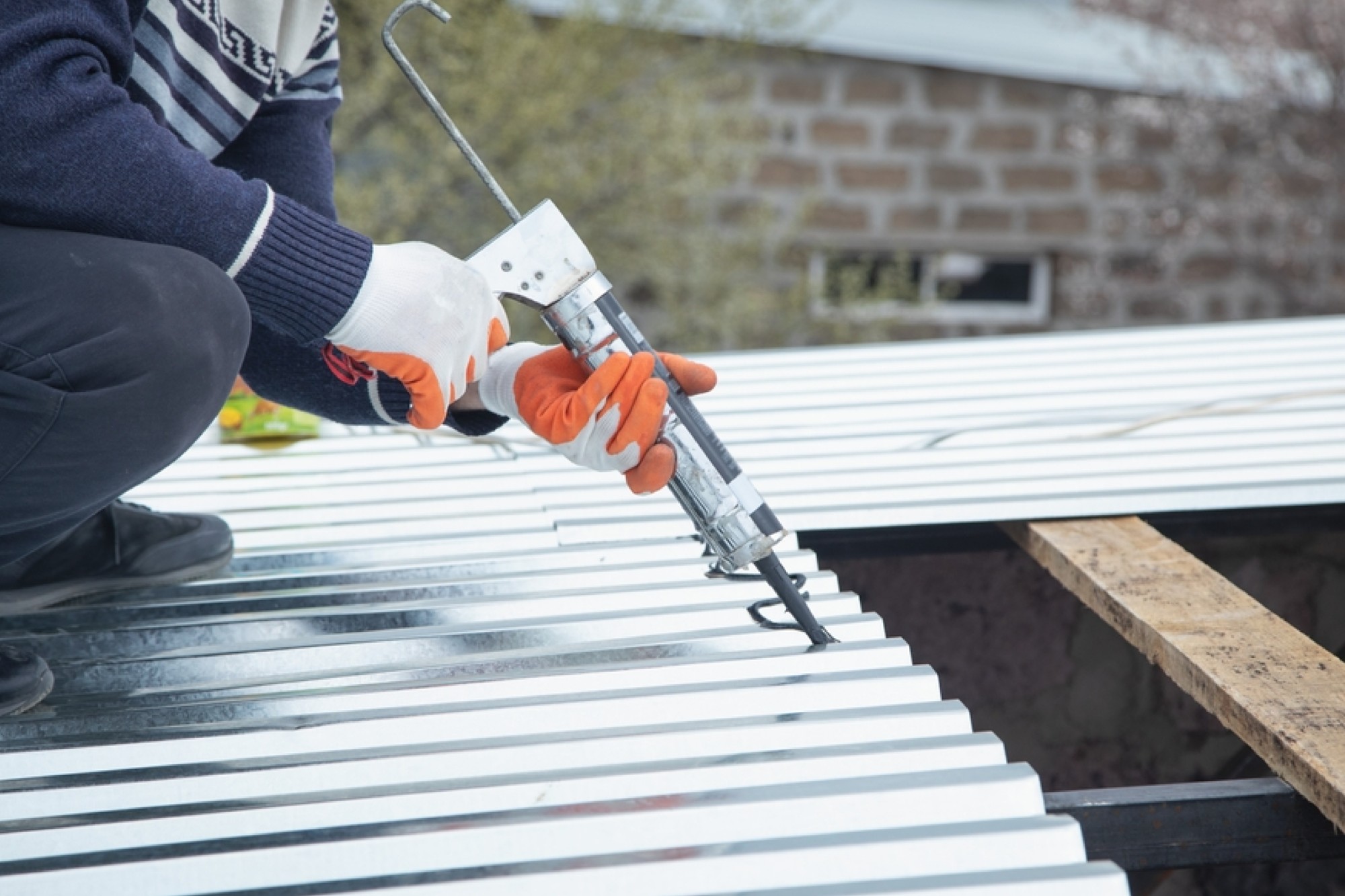Hybrid formulations for superior adhesive and sealant performance
By Staff Report | August 13, 2024 3:22 pm SHARE

Material qualities and environmental standards must be considered when choosing adhesives and sealants for vital infrastructure. This interaction delves into essential factors, recent breakthroughs, and the impact of changing standards on construction materials.
When selecting adhesives or sealants for critical infrastructure projects, what are the key considerations?
Aside from integrity and service life, safety is one of the most important elements that separate bridge and high-rise applications from others. On the other side, repairing and maintaining such structures is costly and time-consuming, and it may interfere with their intended use. As a result, when choosing the best adhesive, the cladding’s type, size, and positioning must all be considered. Exterior facades are designed with high-bonding-strength compositions that can endure direct weathering action. A stronger and more durable adhesive is required for interior vertical applications that involve the attachment of large granite, marble, or hefty reconstituted stones. A lower grade may be suitable for horizontal applications, but it must have adequate compressive strength to withstand the direct stress exerted by the floor. Sealants keep interiors distinct from exterior pressures, increasing the dwelling’s habitability. It is especially vital in modern cities since it must withstand wind and rain loads while supporting mechanical anchors.
What new bonding techniques or adhesives in materials science enhance assemblies’ structural integrity and longevity?
Adhesives for fixing tiles, stones, and other claddings have advanced significantly, particularly in our country. Looking back more than five years, there were few criteria outlining the technical requirements of a tile adhesive. The code was confined to two categories, separated by tile porosity. Since the construction business was already on the rise, specifiers relied heavily on international definitions (codes). This can occasionally cause difficulties for them, as some multinationals and their Indian counterparts give them several codes from which to choose. However, by and large, BS EN 12004 was and continues to be the most often considered and referred to. In 2019, Indian codes were expanded to include five types of tile adhesives. The first four are classified as modified cementitious matrixes for material science, whereas the final one requires a resin formulation, preferably polyurethane or epoxy-based. These breakthroughs have opened and updated the glue industry, generating much-anticipated consumer awareness and demand.
How do you ensure that your adhesives or sealants comply with relevant environmental and safety regulations? What measures are taken to minimise environmental impact?
Any construction material must be thoroughly tested on a test bench. Aside from that, long-term behavioural monitoring in real-world or lab-induced accelerated situations is required to assess its influence on safety and the environment. From an environmental standpoint, user safety should be considered regarding usability and hygiene so that its manufacturing, transportation, storage, and use do not endanger people, property, or the province. A product with a long service life contributes to the environment by reducing the deployment cost of frequent refurbishment. Such programmes have pushed researchers to adopt materials with low carbon footprints, release few VOCs, and have a long service life. One recent example is the introduction of a water-based epoxy formulation for the manufacture of tile adhesives.

How do adhesives and sealants perform under extreme conditions?
Polysulphide, polyurethane, epoxies, silicones, acrylics (MMA), and other chemistries have proven effective in high exterior exposure conditions. Additionally, cyanoacrylate and EPDM formulations are useful in specific areas of the construction industry. By and large, it has been observed that due to the durability that an inorganic material exhibits against the cyclic forces of nature (humidity, temperature, UV, etc.), it has carved out a position for itself as one of the most dependable sealing materials in the marketplace, namely silicones. Several hybrid formulations that blend two separate chemistries have carved out a niche for themselves through the commercial rationale of offering a little bit of each at mid-range pricing. Following this, various hybrid combinations have proven valuable, such as acrylic with silicone, polyurethane with silicone, polysulphide with epoxy, polyurethane with epoxy, and so on.
What are the primary challenges when bonding traditional materials with advanced composites or lightweight materials?
The major issue in bonding two materials is their surface polish and porosity. Most adhesives respond to a substrate’s micropores and macro-flatness without chemically induced bonding. While working with substrates like concrete is easier because of the accessible surface porosity, dealing with steel or stones like granite and marble will be more difficult. A low-viscosity material with similar or compatible chemistry is typically used as the first layer, a primer, to aid good bonding. This low-viscosity substance discovers points of attachment in the smooth substrate using the dispersion and penetration mechanisms. Following that, within a given time frame, the actual glue or sealant is applied, acting as the primary connecting mass between the meeting substrates, sometimes allowing relative mobility between the two and sometimes not, depending on the structure’s requirements. For lightweight materials (such as carbon fibre-reinforced polymers), more than simply priming the substrate is required. In addition, the material is wetted with another low-viscosity adhesive known as saturant. This saturant works as a wetting medium, enclosing the carbon or glass fibre reinforcements through its cross-section and an adhesive, causing it to connect with another substrate. Mechanical anchorage may be necessary based on the reinforcement’s shape, position, and size.
What are the anticipated impacts of evolving regulatory standards on the formulation and application of adhesives and sealants in construction?
The construction industry can achieve sustainability by adopting LEED or IGBC criteria and conforming to general emission standards that apply to all manufacturing industries. To accomplish this, three key factors must be included: raising awareness about the importance of developing and adopting sustainable practices; implementing accolades and priority programmes for industry leaders who pioneer these changes; and establishing a strict, top-down system of adherence by the state that eliminates any gaps in the implementation of basic sustainability standards.
For more information, visit: https://stpltd.com/
Cookie Consent
We use cookies to personalize your experience. By continuing to visit this website you agree to our Terms & Conditions, Privacy Policy and Cookie Policy.




































-20240213125207.png)

























